A lived-in house, an omnivorous collection, and a sense of welcome that hangs in the air. If it is true that conceptual art will have reached its zenith when it is possible to rent an artist and keep him or her with you for a while, at Fabio and Virginia Gori’s house in Prato, it seems to have really happened. So many works, dense, dialoguing with each other but above all a concept of total art built through relationships, passion and the love of being together with artists. Yes, because Casa Gori without the artists would have no roof, no floor, no doors, no stairs, and maybe not even walls (we wonder if... they are there under the crowded carpet of works!). I am referring especially to the structural works present, Sol LeWitt’s marble floor, Piero Dorazio’s skylight, Christiane Lohr’s door, Gianni Ruffi and Francesco Carone’s handrails, Fabrizio Corneli’s shadowy hall ceiling, Roberto Barni’s fresco, and Giuseppe Spagnulo’s bronze shutter. He began collecting Fabio (in his twenties when he could earn his first money) by buying a work by Enrico Castellani from gallery owner Maurizio Corraini. That Castellani, a clear sign of collecting foresight, is still there in the house along with about a thousand other works that make up the art collection today. As a member of the family, no work has ever been sold because each represents a piece of life...

CC. Meeting you means you cannot ignore a tradition of artist and collecting. Would you tell us about it in brief?
FG. My father Giuliano bought a first nucleus of works by Tuscan artists starting in 1946 (he was sixteen!). It was the beginning of a great passion that would never die out and continues to this day. In the 1950s and 1960s the family home in Prato underwent several transformations to make room for the ever-expanding collection. It was not until the spring of 1970, however, that the collection moved to Fattoria di Celle, a place chosen to provide space for a visionary environmental art project. The idea was to subvert the contemporary art system, which in the second half of the 19th century saw the artist distanced from patrons because he was filtered through intermediaries and gallery owners. The desire was to reactivate patronage and a direct relationship with artists who were invited to Celle for a residency and to make installations designed for that particular place. A mode, early and anticipatory, of the abused term site-specific that well tells the intimate relationship with the territory and nature that Giuliano wanted to establish in Santomato di Pistoia. Since 1982, the Farm has been open by reservation and free of charge to the public who wish to visit.
Fabio child and the art world. What are your memories?
My father is a dragger and from a very young age he involved me and my siblings in the world of art, assisted by my mother Pina who knew how to mediate in bringing us closer to art while also leaving us the right spaces of leisure and fun. However, it is certainly no coincidence that Patrizia, Paolo, Stefania del and I (because of the age difference I like to call ourselves four only children) are all art lovers and collectors, each with our own predilections.My father was in his thirties, I was a child, and he used to take me with him to artists’ studios. This for me was both the real game and life. In fact, when I went to school it was a surprise to discover that for other children that dimension did not exist. I still cherish the vivid memory of visiting the studios of Renato Guttuso and Zoran Mušič of whom we have a piece in our collection. Once we went to Angelo in Venice, a restaurant that was a real den of artists, and I began to recognize on the wall the authors on display. The owner thought I could read and write and was peeking at the captions of the works. When he and the other patrons in the room learned that I was not yet in school I became something of an attraction and they made me guess a lot of names.
How did your personal collection project come about and how did it decline?
Actually an upstream project was not there. When Virginia and I got married and began to build our family, we found ourselves renovating a small building in the historic center of Prato.Today it is strange for us to think this, but we didn’t even have the idea of staying in this house permanently. In the same years in Celle there was a flurry of artists, and it came naturally to me to try to involve in my house the same authors who were making the environmental installations in the park.The first work was precisely the floor made by Sol LeWitt, who at that time was working at the Fattoria di Celle.The artist was very reticentabout making a work in marble, a material that did not belong to him and that he even considered antithetical to his design mode. After several close confrontations, I will not hide from you that it was a satisfaction to persuade him that the stone material was only a tool to make the floor so much so that after the intervention with us the artist created other works in marble including one in Celle and one in the Padula Park in Carrara. From that moment on, the project began to become clearer in our minds, and the idea of having a house that would not only collect works that were the fruit of our collecting passion but would include structural interventions by the artists on the dwelling took shape. The aspiration became to make the house itself a work of art.
In that sense, what are the most significant interventions?
After the floor by Sol Le Witt, who also made a bookcase in the house, there was the skylight by Piero Dorazio, the door by Christiane Lohr, the handrails by Francesco Carone and Gianni Ruffi, the tables by Massimo Biagi and Roberto Crippa, and the fountains in the garden by Luigi Mainolfi and Giuseppe Spagnulo. At the same time the purchases (what I prefer to call “encounters with the works”) continued, but above all the friendships with the artists. Almost all of the pieces we have are the result of getting to know and hang out with the artists, exchanging, taking their suggestions and interacting with our home. This is how I find myself living as I had always wanted to, in the company of works that have become an integral part of it. For some of them we feel an indescribable affection because they represent moments spent and shared with other people infected by the same passion as us. Thus our private collection has become a photograph of our life’s journey.

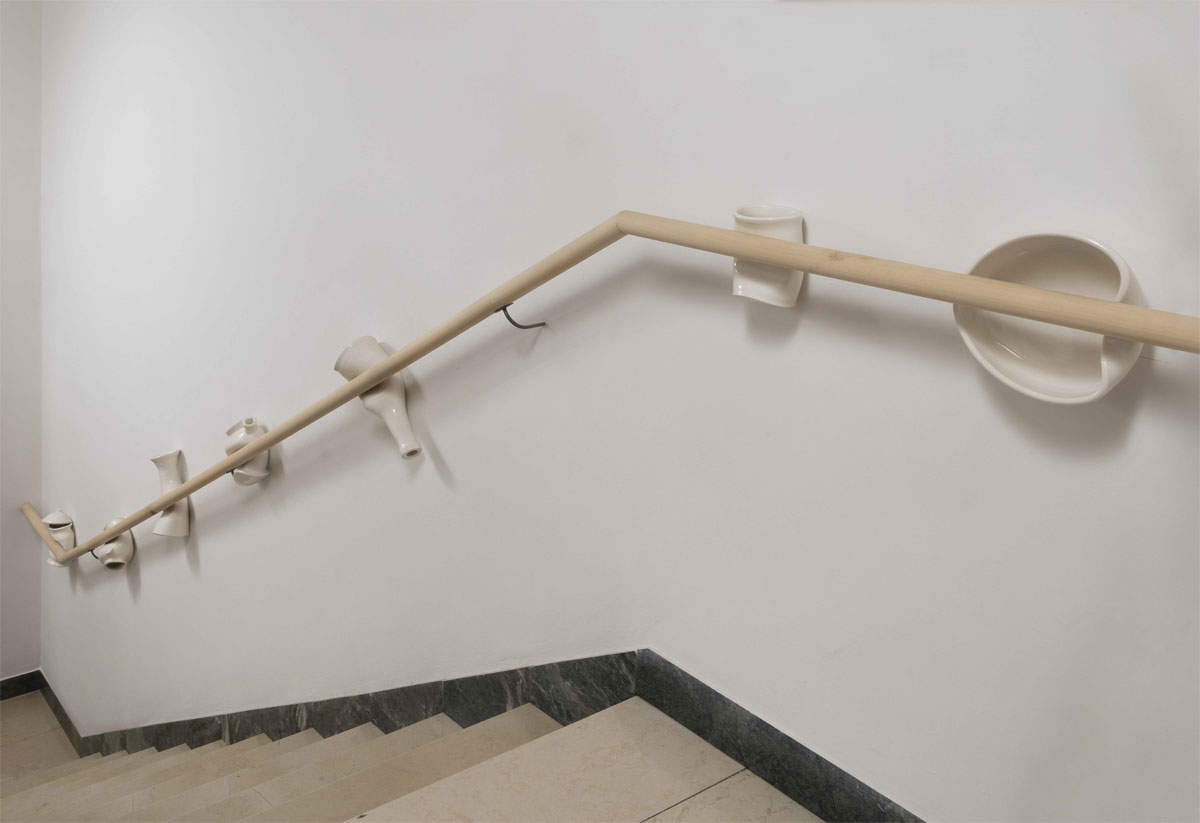
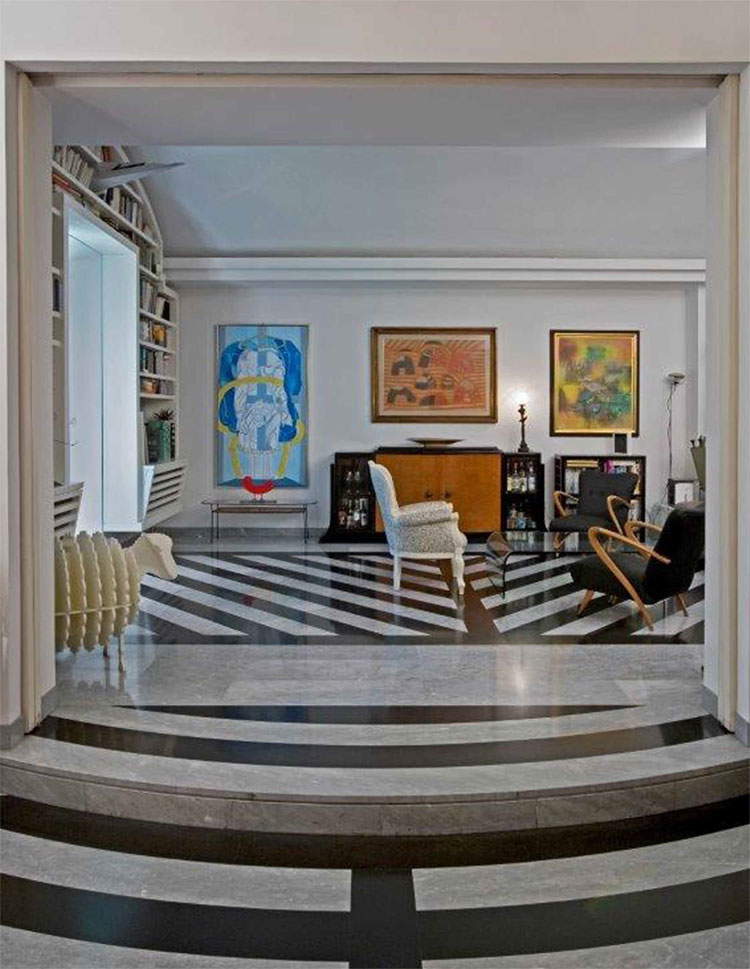
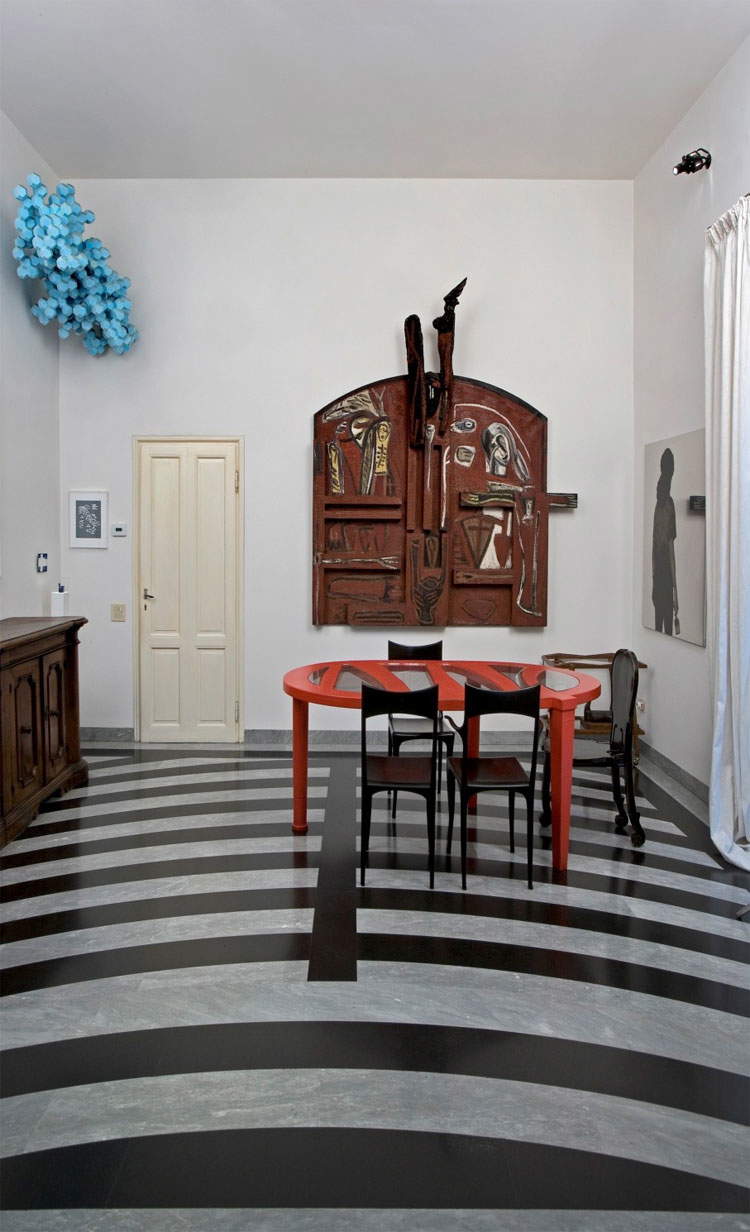

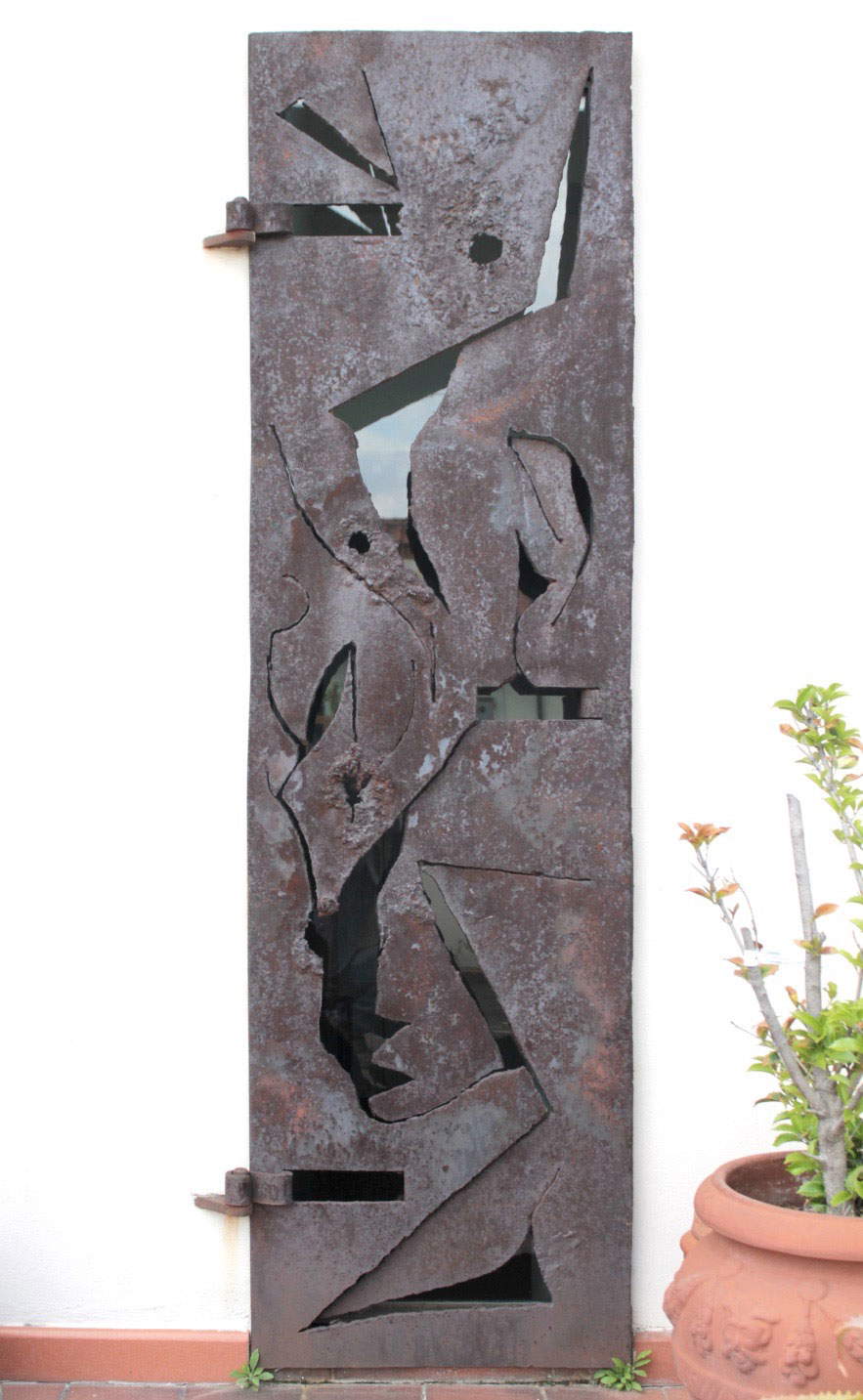
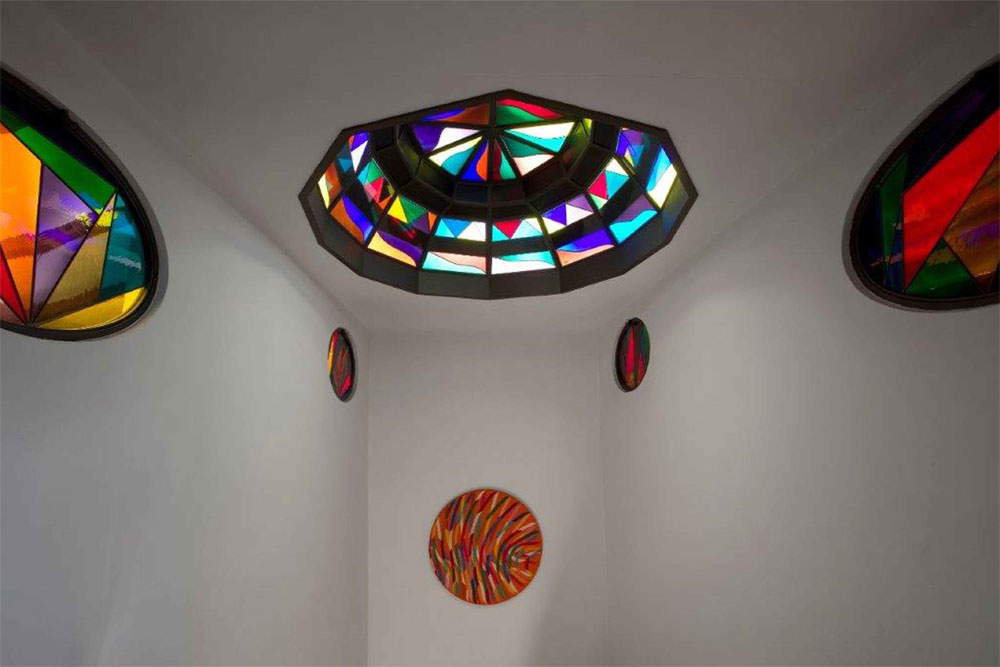
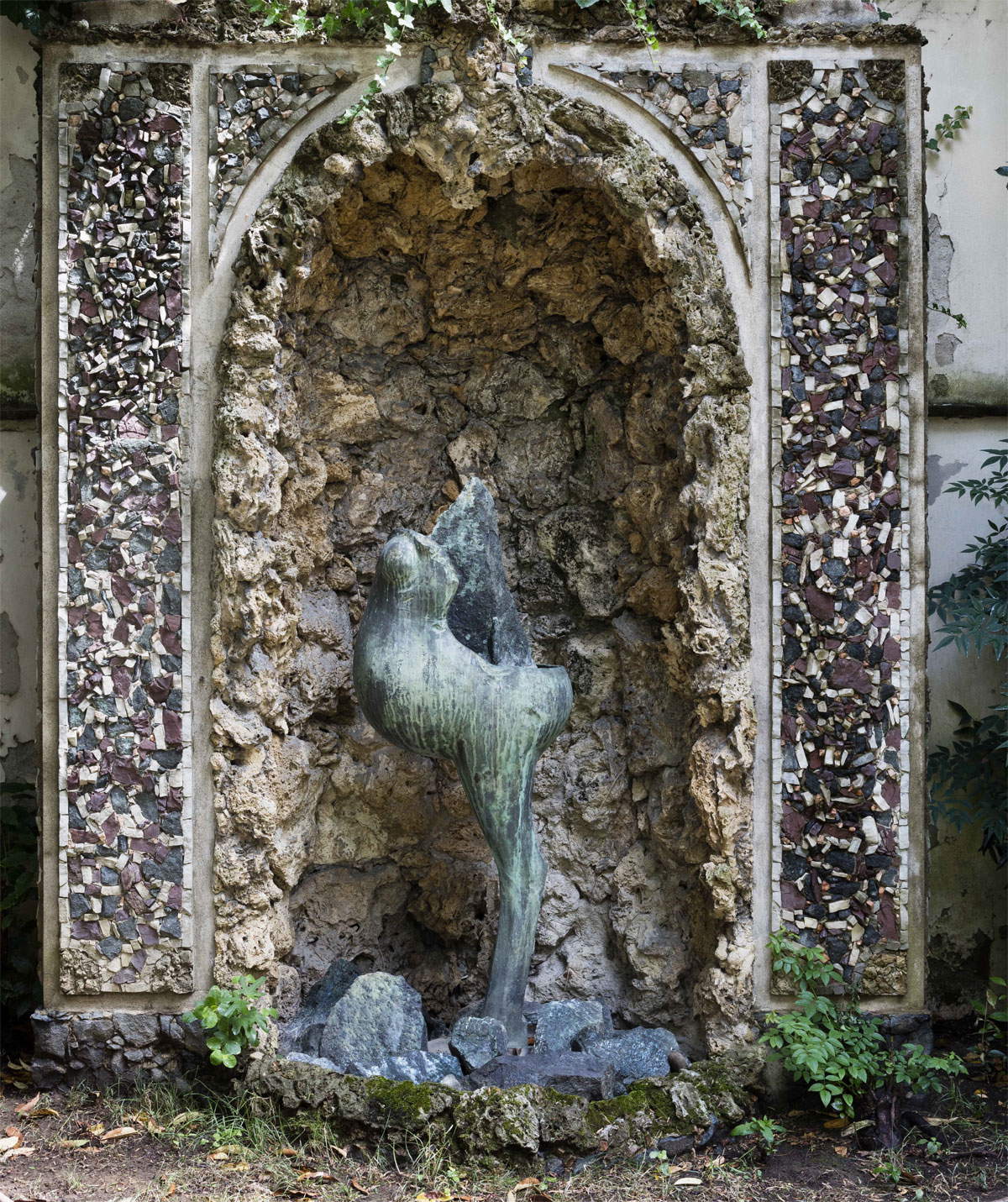
Among these encounters would you like to tell us about one of them?
For many years I was a friend and frequent visitor of Francesco Conz, who allowed me to experience directly and experience the Fluxus climate up close. Together we shared many experiences! Memorable was the time when he brought Philip Corner, Geoffrey Hendricks and Alain Arias-Misson to our home to perform a concert in the garden just for our family or another occasion when he organized, just for a few friends, a dinner at a junkyard in Verona and then all together we helped artist Jean François Bory gild old typewriters for one of his installations. I could recount dozens more situations, extraordinary experiences, never trivial. Truly Conz’s was an art form that coincided perfectly with life, and to be involved in it meant above all to live Fluxus together with him and the major artists of this (to put it inexactly) movement. Even when he had a major accident, when he was completely infirm, he wanted to continue to promote these artists and their way of expressing art.
With your brother Paolo, on the other hand, you share GoriLab and Arte in Fabbrica, two industrial patronage projects. What do they consist of?
With GoriLab, the idea was to involve artists, designers and architects in producing new works of art, objects or creations outside the limits of production and the market; to release inside a “laboratory” their unexpressed creativity to give shape to unusual, hybrid, innovative and contemporary forms. Instead, Arte in Fabbrica was born within the family business, within Gori Tessuti e Casa, responding to the desire to be able to follow the various stages of the conception and realization of the exhibitions, accompany the activity of artists day after day, with projects created expressly for the company’s spaces and the desire to involve employees, customers and all those who, visiting the company’s spaces, express curiosity about these new experiences. The complexity of the factory, where there are more than 10,000,000 meters of fabric, combined with rare furniture and high craftsmanship, creates a world of colors and fantastic architecture that was a source of inspiration for the two editions created with Vittorio Corsini and Flavio Favelli, respectively.
Some artists featured in the collection: Carla Accardi, Philip Akkerman, Pierre Alechinsky, Antonello Ghezzi, Arman, Roberto Barni, Luciano Bartolini, Massimo Biagi, Alighiero Boetti, Liu Bolin, Umberto Buscioni, Pier Paolo Calzolari, Carmelo Cappello, Ugo Carrega, Francesco Carone, James Casabere, Antonio Catelani, Umberto Cavenago, Mario Ceroli, Giacinto Cerone, Sandro Chia, Giuseppe Chiari, Fabrizio Corneli, Vittorio Corsini, Roberto Crippa, Riccardo Dalisi, Gino De Dominicis, Piero Dorazio, Daniela De Lorenzo, Fabio De Poli, Anne Katrine Dolven, Piero Dorazio, Jean Dubuffet, Paolo Fabiani, Flavio Favelli, Carlo Fei, Chang Fei, Giosetta Fioroni, Jean Michel Folon, Alberto Garutti, Alberto Giacometti, Luca Gilli, Hossein Golba, Federico Gori, Simone Gori, Renato Guttuso, Al Hansen, Geoffrey Hendricks, Emilio Isgró, Ben Jakober, Menashe Kadishman, Kaarina Kaikkonen, Dani Karavan, Alison Knowles, Joseph Kosuth, Jannis Kounellis, Ketty La Rocca, Wilfredo Lam, Leoncillo Leonardi, Sol Le Witt, Christiane Lohr, Loredana Longo, Arrigo Lora Totino, Luigi Mainolfi, Esko Mannikko, Robert Mappletorphe, Giuseppe Maraniello, Umberto Mariani, Roberto Matta, Eliseo Mattiacci, Fabio Mauri, Marco Mazzucconi, Fausto Melotti, Alessandro Mendini, Luciano Minguzzi, Charlotte Moorman, Otto Muhl, Zoran Music, Davide Nido, Dennis Oppenheim, Giovanni Ozzola, Nam June Paik, Mimmo Paladino, Luca Pancrazi, Giulio Paolini, Antonio Paradiso, Ben Patterson, A.R.Penk, Giuseppe Penone, Mauro Petroni, Robert Pettena, Lamberto Pignotti, Pino Pinelli, Fausto Pirandello, Paolo Piscitelli, Michelangelo Pistoletto, Fabrizio Plessi, Luca Pozzi, Arnulf Rainer, Renato Ranaldi, Michal Rovner, Gianni Ruffi, Pietro Ruffo, Tomas Soos, Giuseppe Spagnulo, Daniel Spoerri, Aldo Spoldi, Mauro Staccioli, Graham Sutherland, Higuchi Tatsuya, Marco Tirelli, Giuliano Tomaino, Sandra Tomboloni, Moussa Traore, Janaina Tschare, Spencer Tunik, Nils Udo, Ben Vautrier, Antonio Violetta, Li Wei, Fen Weng, Joel Peter Witkin, Josè Yaque, Gilberto Zorio.
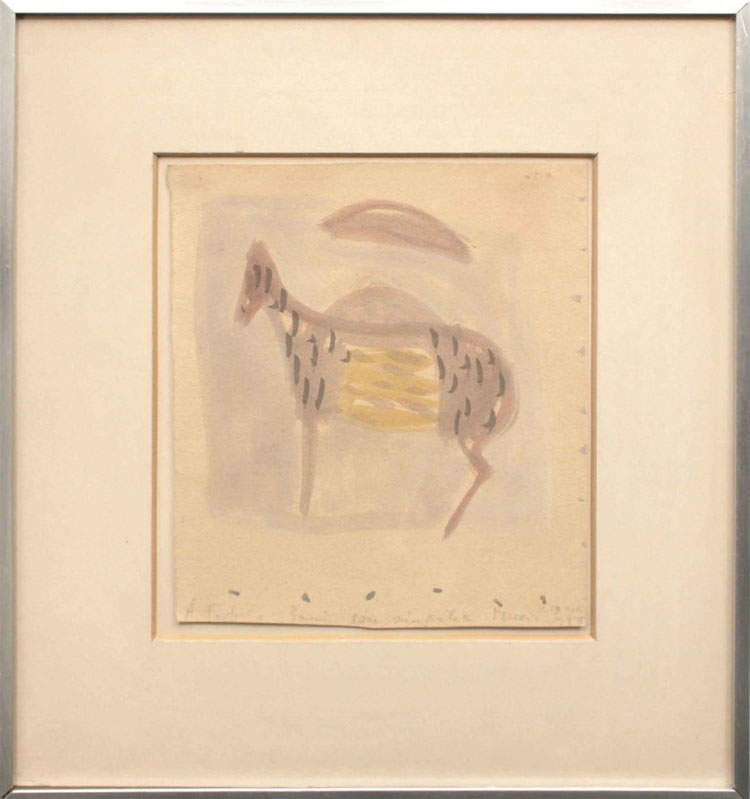
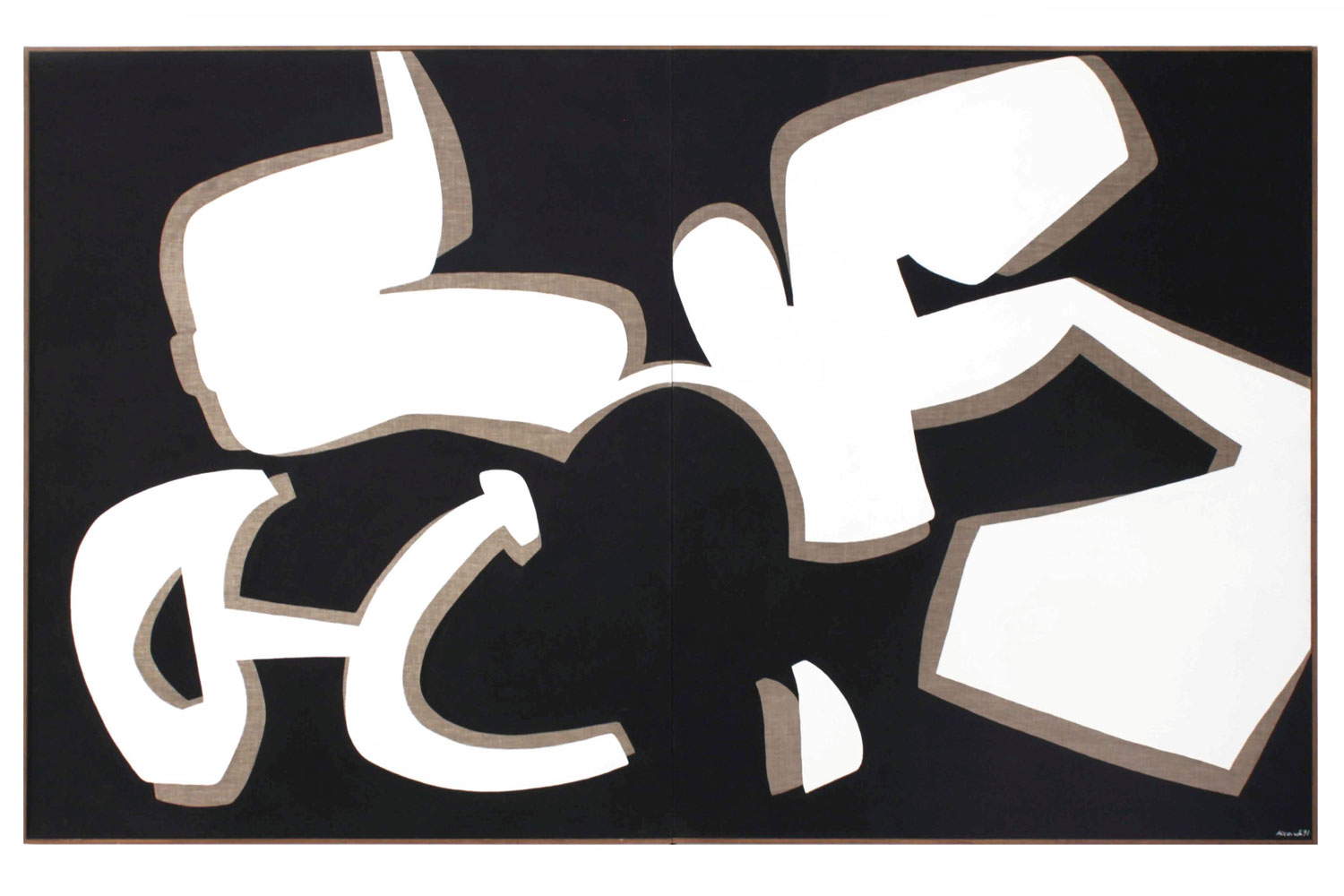

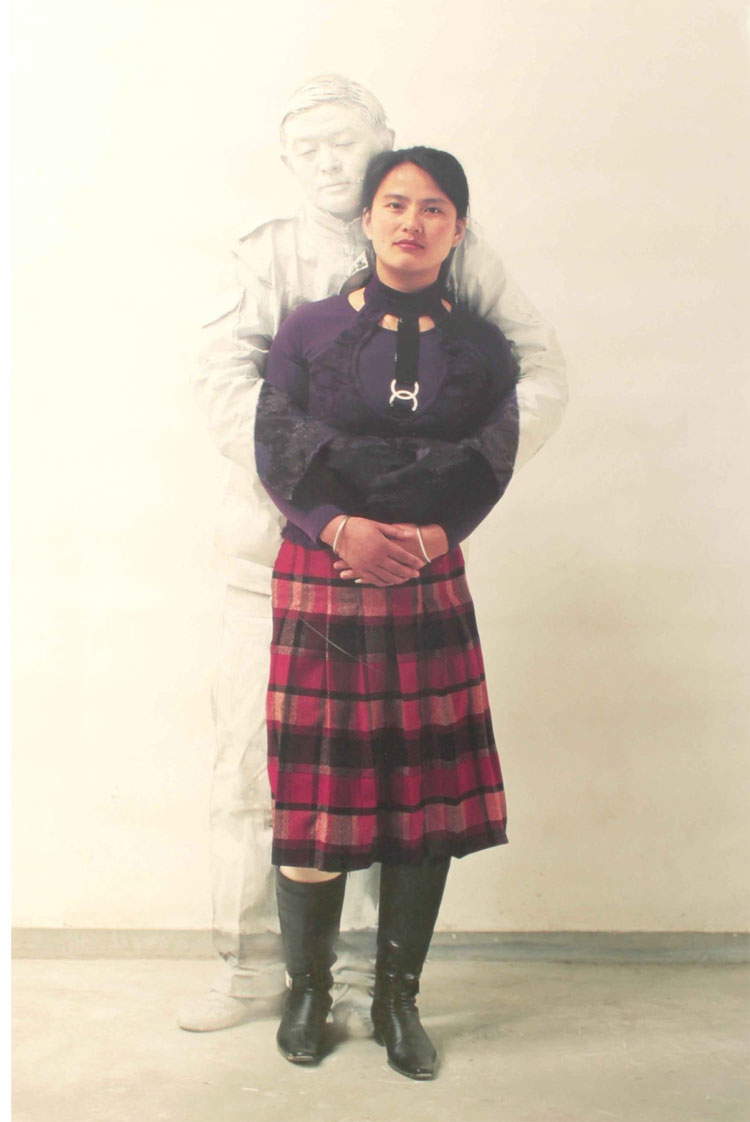
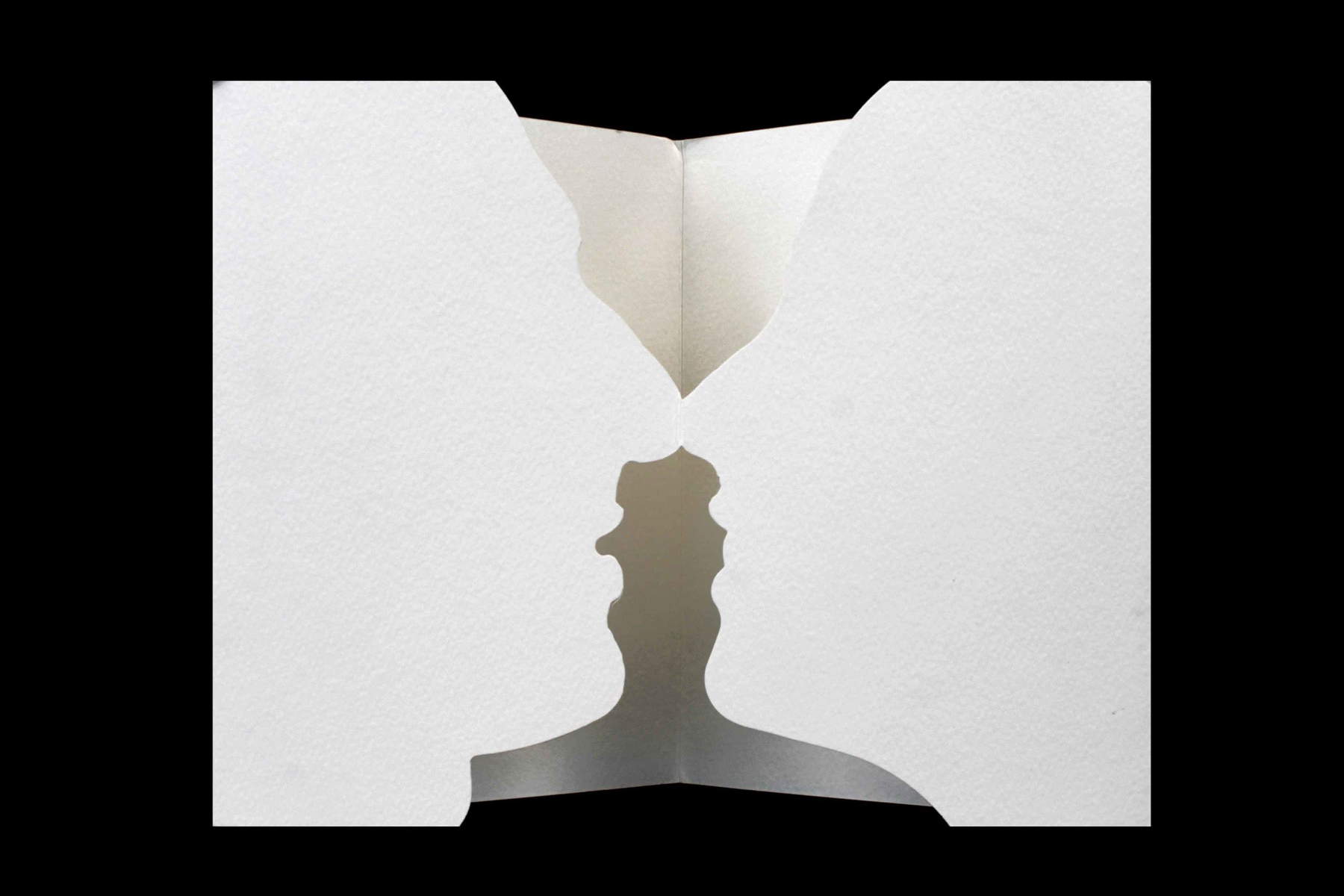


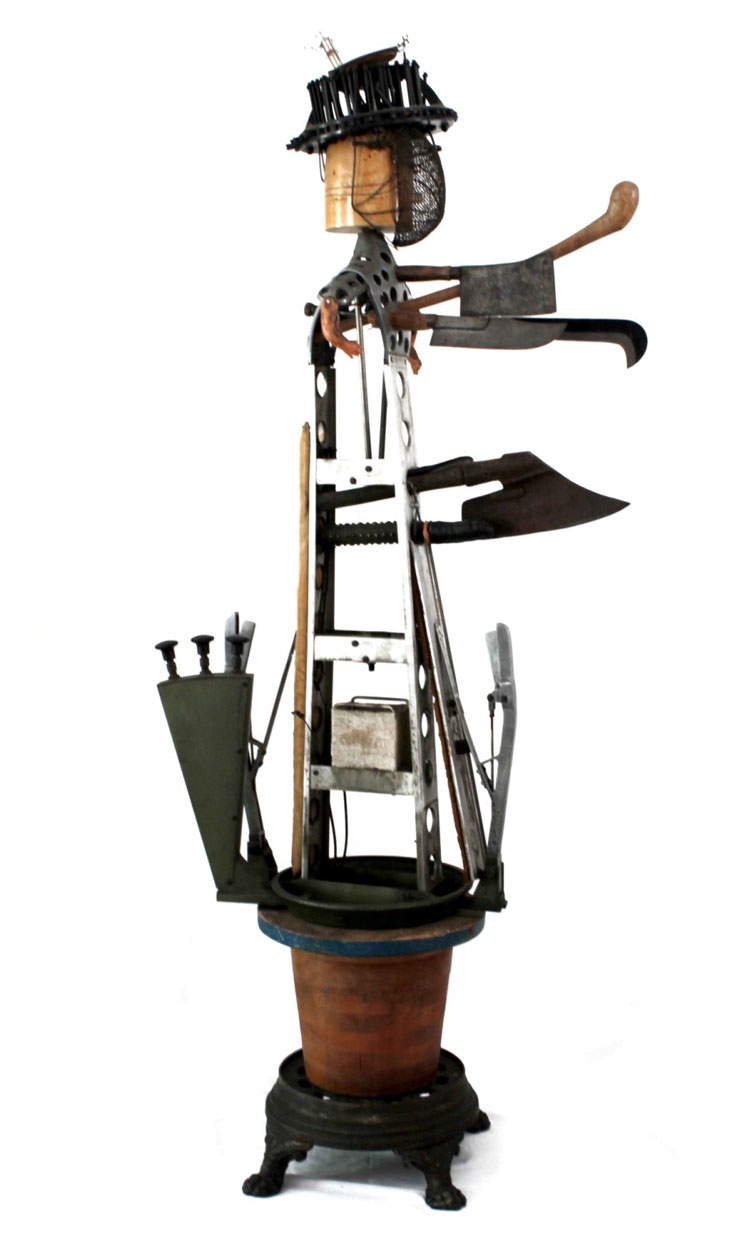
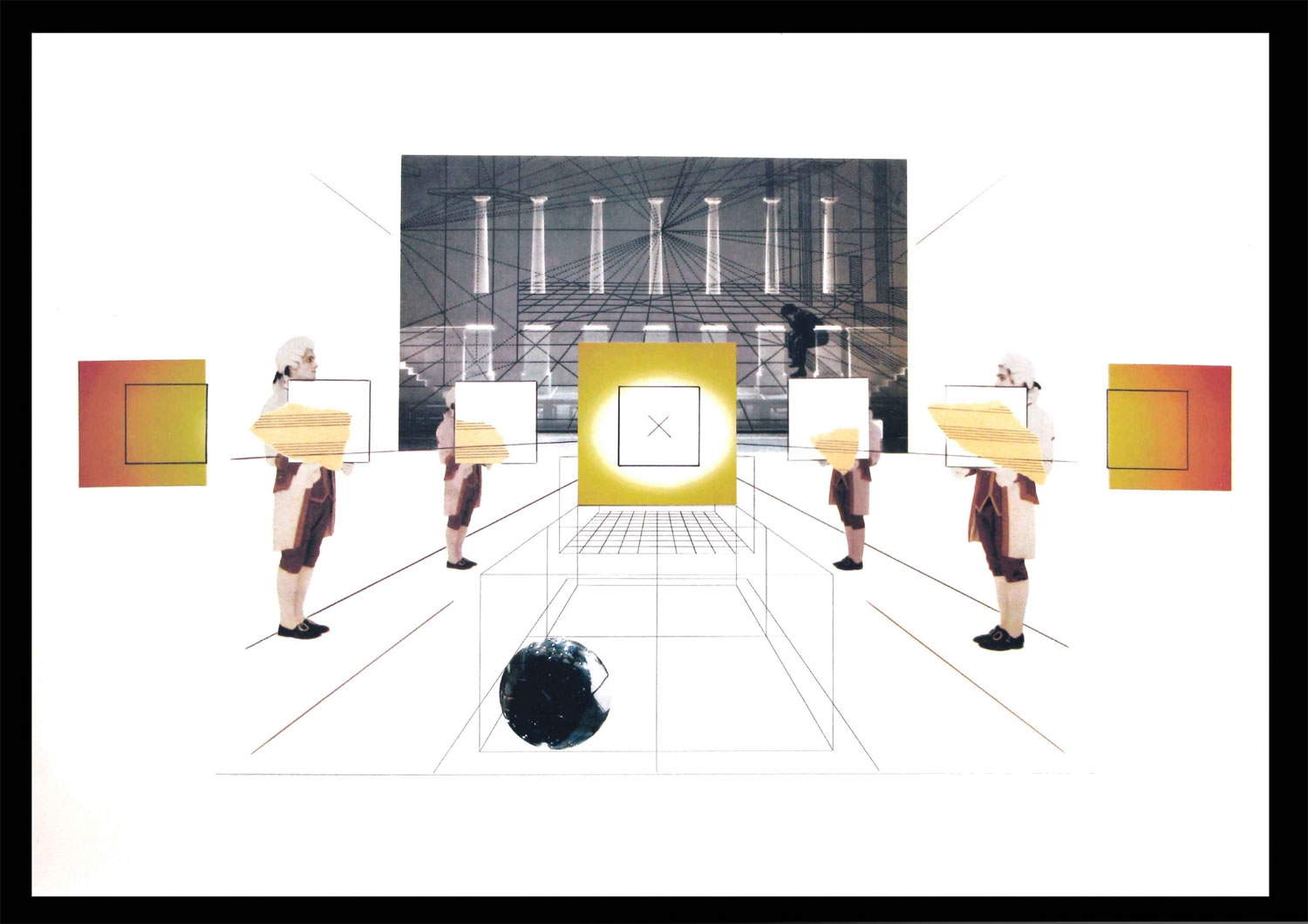
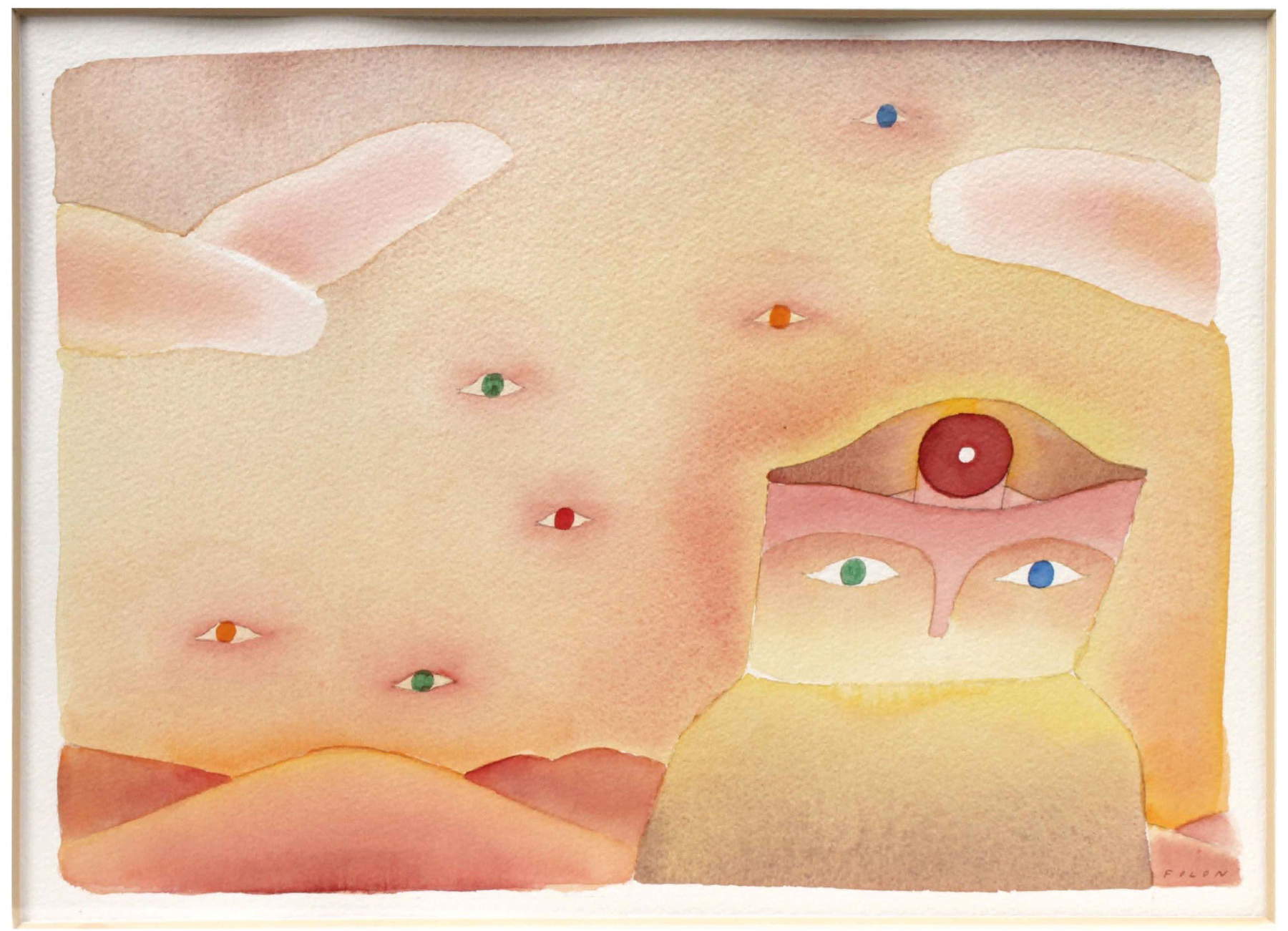
Warning: the translation into English of the original Italian article was created using automatic tools. We undertake to review all articles, but we do not guarantee the total absence of inaccuracies in the translation due to the program. You can find the original by clicking on the ITA button. If you find any mistake,please contact us.